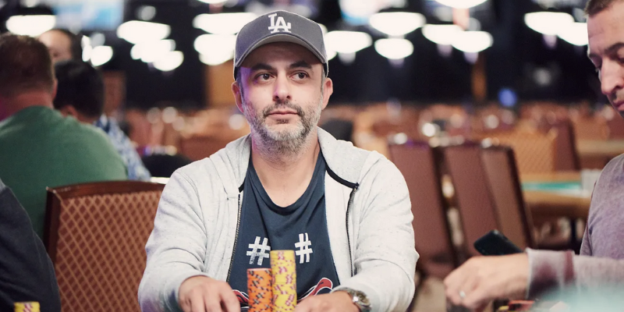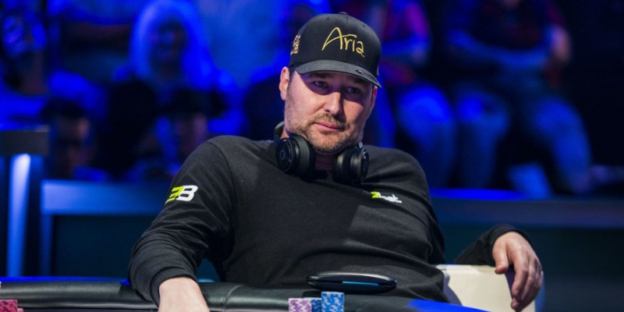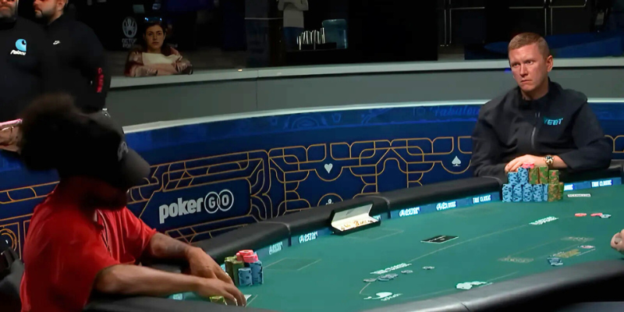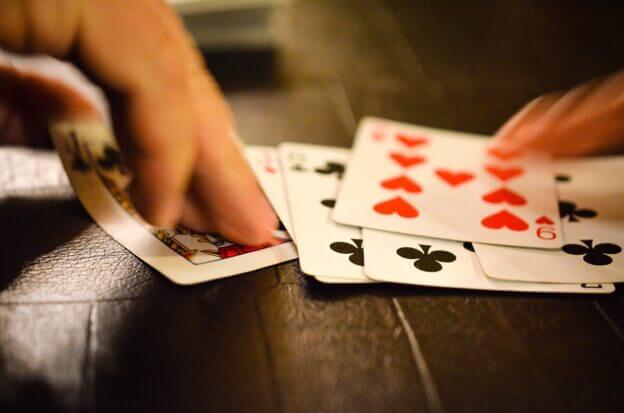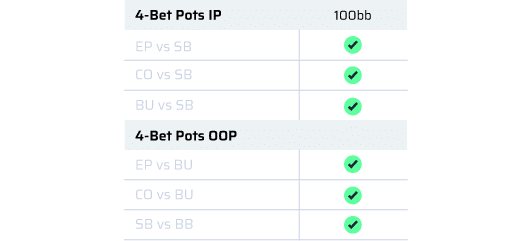Aggression in poker is not about being the boss at taking the pot away from your opponents before showdown and just bluffing your way through every spot. Exploiting is good and necessary, and a good exploit will make you a lot of money, but you have to know what you are exploiting.
Only if you know and understand the theory, you will be able to come up with decent exploits.
If you’re experienced in poker, you’ve probably heard of the term Minimum Defense Frequency, or MDF. It describes the minimum frequency we need to defend against an opponent’s bet to not let him profit with his bluffs.
Now I want you to think in terms of minimum aggression frequency. This refers to the minimum aggression we should apply in specific spots, and how it translates into a good in-game strategy.
1. Aggression ≠ Bet Bet Bet
First I want to talk about our perception of aggression. A lot of the time, people think of sick no-equity triple-barrel bluffs when they think of aggressive plays. And yes, those are part of an aggressive play style, but there are so many more layers and nuances to it.
This river bluff range analysis by JNandez, where he raised pre-flop and then barreled flop and turn, is a great example of everything that factors into making an aggressive play.
In fact, some of the most aggressive players that I play against might even under bluff in triple-barrel situations because they don’t like the spot for that. And sometimes in the triple-barrel situations, what can happen is your opponent’s range becomes so tight already going to the river because he was maybe over-folding turn or flop already, that then the river barrel in itself is not very convenient.
This is why my definition of an aggressive player is not a player who makes the most aggressive triple-barrel bluffs are the sickest check-raises, but a player who’s able to come up with an aggressive line in almost any part of the game tree with a decent frequency, constantly pressuring his villains.
2. Solid Ranges Enable Aggression
Very often aggressive play is viewed as the opposite of solid play, but I like to think about it more as two sides of the same coin. Solid play and aggression come hand in hand, and are not contradictory.
In reality, solid ranges are the what lets us be aggressive in the first place. Without solid ranges we couldn’t be aggressive at all. This is one of the most important takeaways of this article.
A very easy example is preflop ranges. A 3- or 4-betting range that consists purely of Aces is very easy to play against and leaves money on the table. Adding bluffs like A987 double suited will increase the view of our overall range, because villain cannot exploit us by over-folding anymore.
But we are only able to add these bluffs, because our range includes so many strong hands in the first place. So, we start with a strong range, what you would consider a solid play range, but then we add these bluffs. We can’t just have the bluffs alone, unless of course it’s a very high level exploit.
The same also translates to postflop of course. We are only able to check-raise certain bluffs because we are checking our best hands as well. For example, we are check raising our top sets, our middle sets with backup, or wraps with a nut-flush draw, and also our very high equity hands. And this enables us to add a lot of weaker hands into our range as well.
3. Small Imbalances Affect the Whole Game Tree
If you want to be even more advanced consider the following: if you never check back a strong hand on the flop, you won’t be able to raise the full value on a blank turn, except maybe some sick turn combo, backdoor draw, or a bottom set with a turn flush shot as well that you can now raise for value because you have high equity.
But you really eliminate your options by not having a lot of value hands on this turn. You also cannot really add any bluffs because as we’ve learned before, the bluffs really rely on the solid range in the first place to be then added to the range.
So, by c-betting too strong and linear on the flop, you remove one aggressive strategic option for you on the turn. So, be aware of the imbalances and the consequences you caused by over c-betting or betting too merged. That is very important for every part. It’s not only in the game tree and not only about aggression, but if you change your strategy on one street it will have consequences for the other streets as well.
If you try to be an aggressive player, you should try to be able to come up with a lot of aggressive lines and a lot of spots, and it doesn’t mean that you need to raise the turn every second time after you check back the flop, but you do want to do it at some frequency at least.
Conclusion
In PLO, every scenario has an array of relevant factors to consider to make a decision. So, you have to keep in mind that any theoretical concept is merely a guideline for us and not an excuse to abstain from analyzing each spot.
Only if we design solid ranges in the first place can we properly execute aggression.
Make sure that your ranges are intact, or that you play good ranges in the first place and this will allow you to play more aggressively on later streets as well, in various parts of the game tree.



